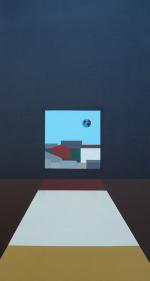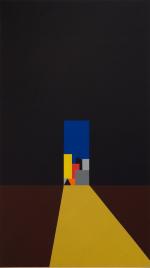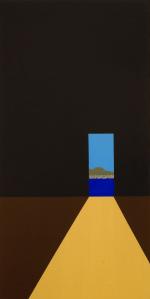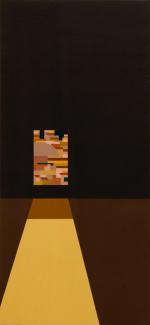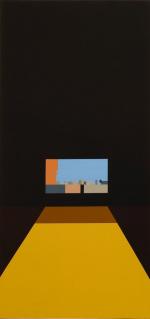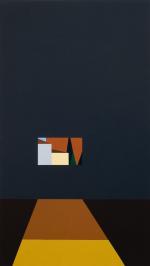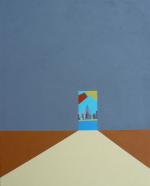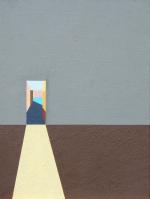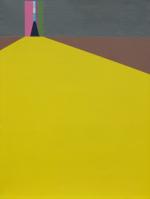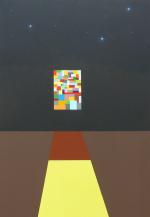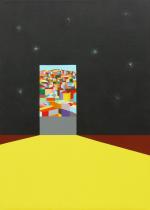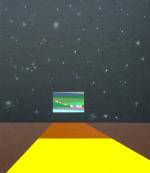Federica Scoppa
 Date of Birth: 1965
Date of Birth: 1965Nationality: Italy
E-mail: artef19@yahoo.it
Phone: +39 3298033490
Website: www.artef19.com
Exhibitions
2016 - Napoli Italia -Palazzo delle Arti di Napoli
2016 - Roma Italia - Sale del Bramante
2016 - Cuzco Perù - MAC Museo Arte Contemporanea
About
The perception of a place rather than the place itself is the centre of Scoppa’s work, joints of perspective in empty spaces and
free of all coordinates, except maybe for the one fixed by
the horizon, almost the negation of the concept of spatiality, shots of urban panoramas that analyzed under a microscopic lens, actually disclose clusters of geometric elements.
After elaborating, with the series “Windowsâ€, the formal synthesis of previous experiences, the artist encourages the coexistence of explicit and implicit elements condensed in perfect balance, combining an impeccable figurative technique with abstract conceptualism. The work
of Federica Scoppa develops along the boundaries of gender issues and meanings: these works are the result of a creative research that finds its core focus in the conception of the sense of sight, investigating the dualism between the values of content and the perception
of images in which residues of memory converge all together. Symbolic and metaphoric windows are the means from which one can
see urban views, set against monochrome backgrounds, projecting beams of light. In time all landscapes that can be seen from these windows have transformed into stylized silhouettes in a geometric space organized by rigid rhythms, where everything is significant, even the pauses and empty spaces. The result is a synthetic pathway that leads to decomposition of the skyline in fragments, a plain and colour- ful
geometry similar to removable structures in several combinations.
The allure of these works comes from the evocative suggestion to seize visions shrunk in an instant, immediately recognizable and capable
to retain both the memory and the impression of figurative realism. Suspended visions leaning from imagined windows overlooking
a metaphysical dimension that seems to expand boundlessly eventually turning into an inner dimension. The artist plays with
her windows as Magritte would do with the theme of the picture
within a picture, analyzing the boundaries between reality and representation, triggering mechanisms of visual-linguistic identification as deep and profound as to approaching introspective representation. F. Motolese,
